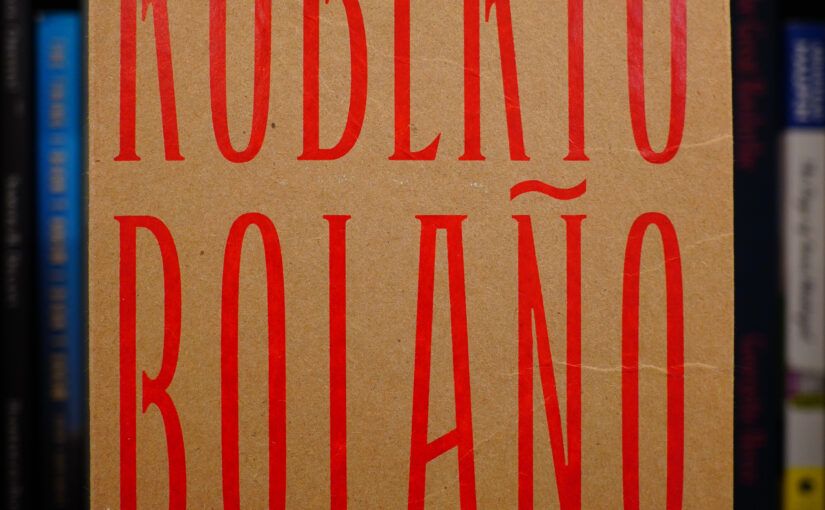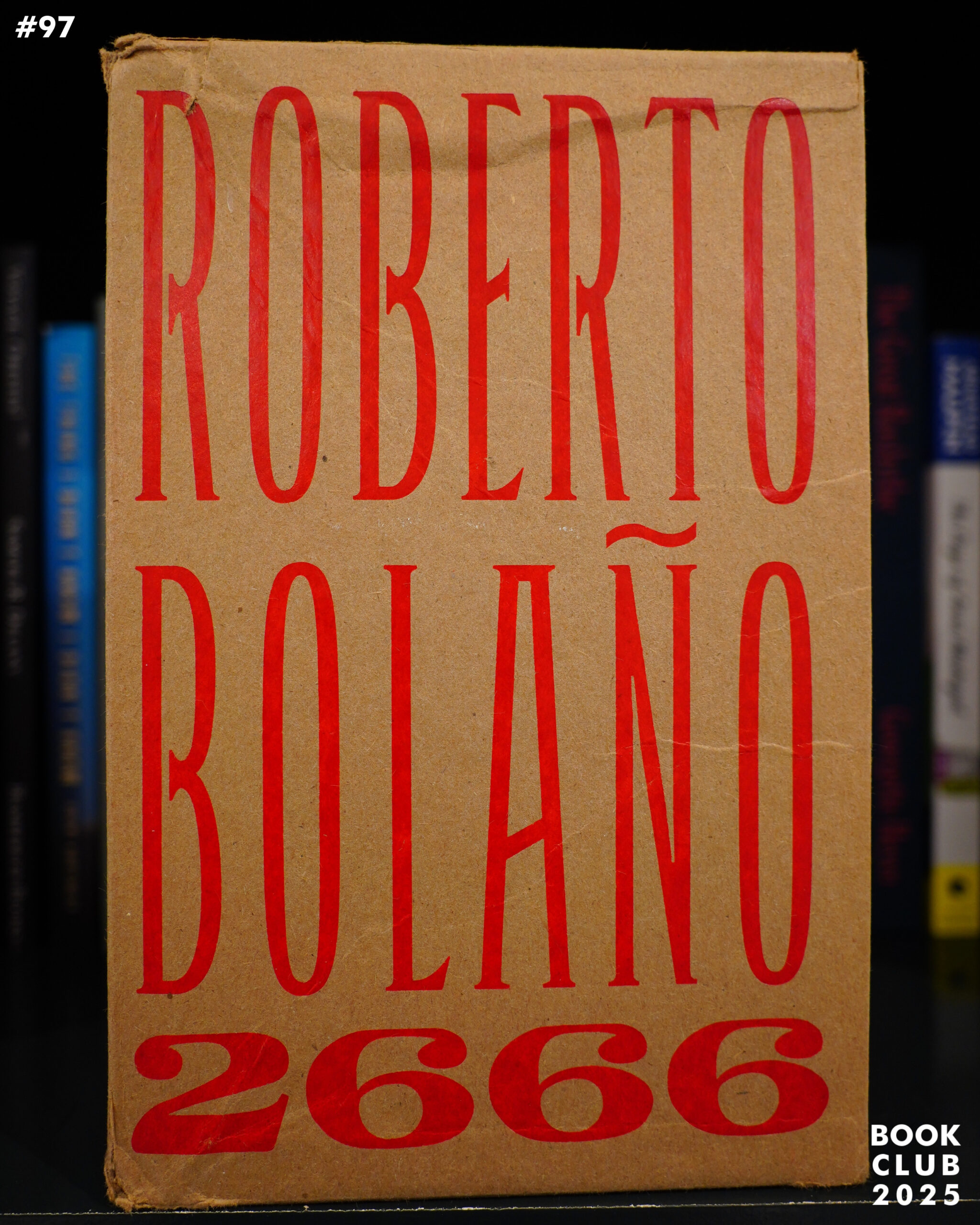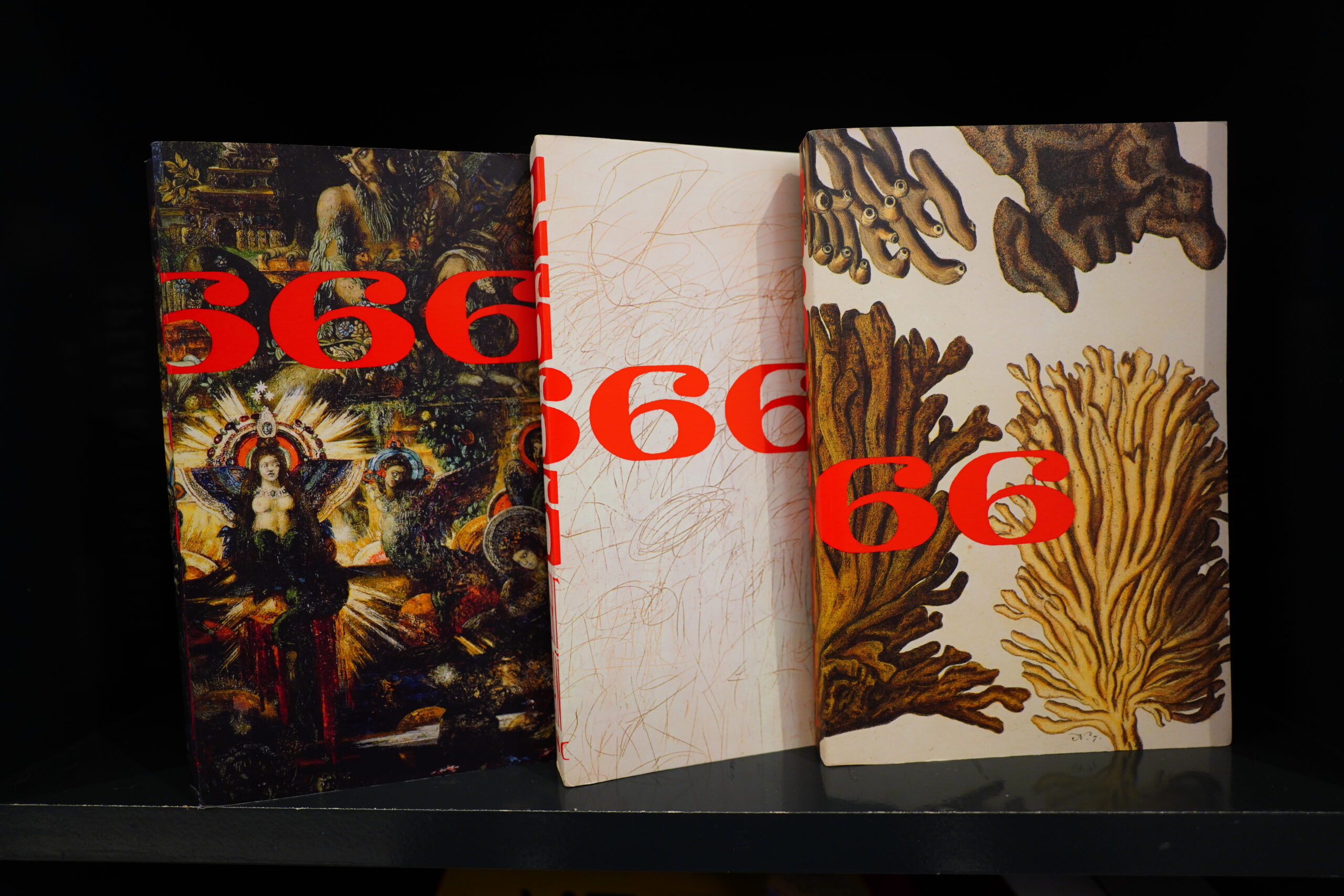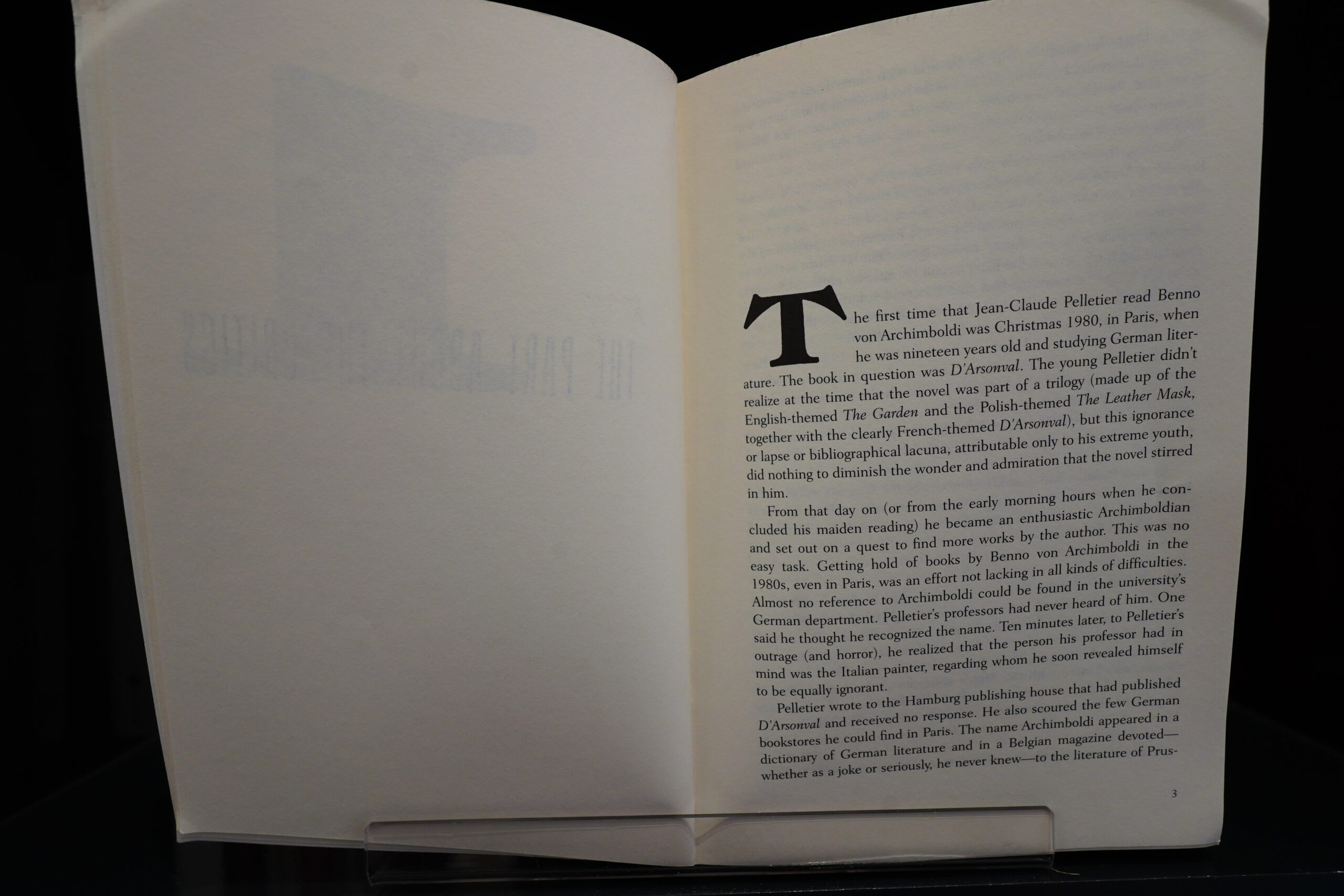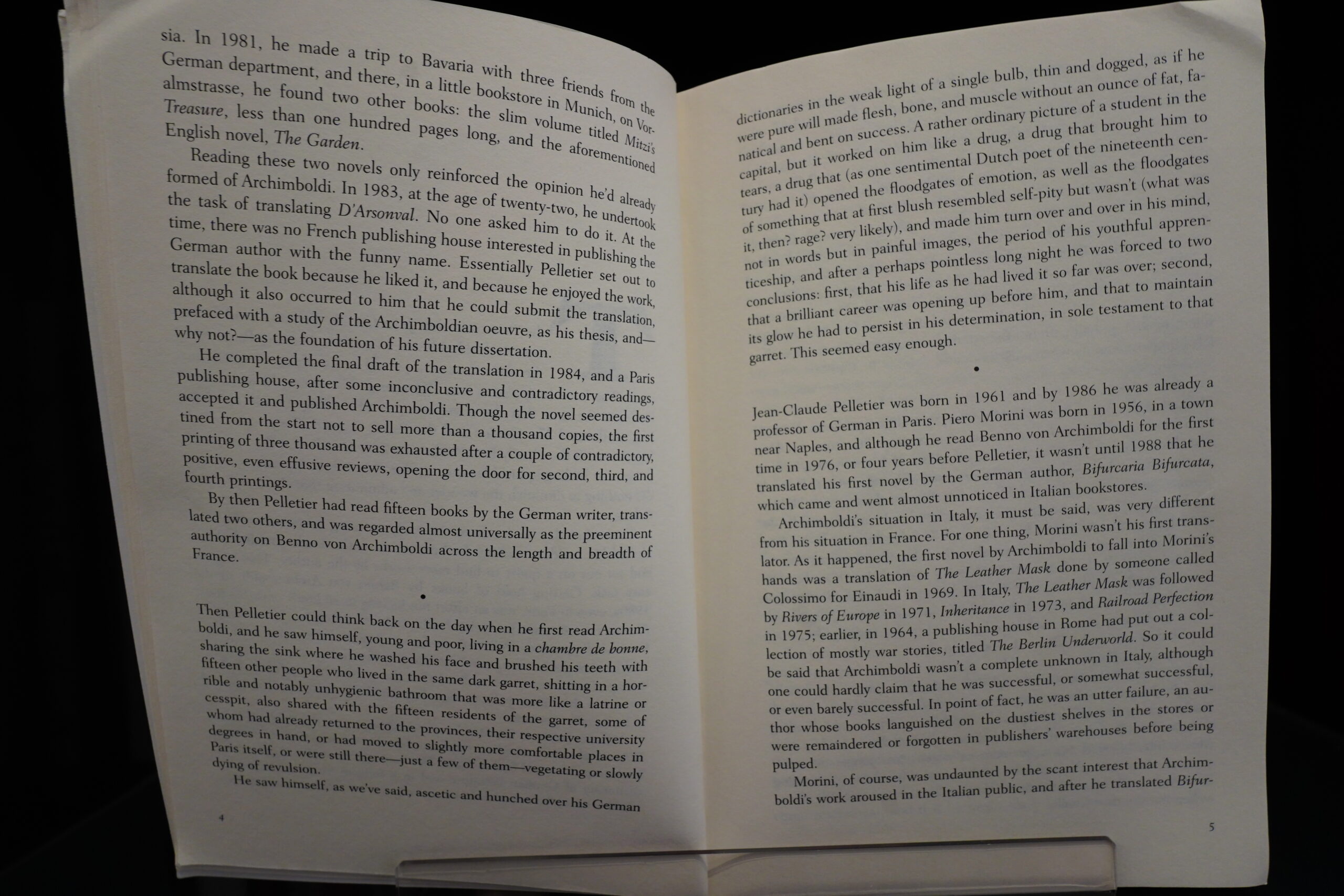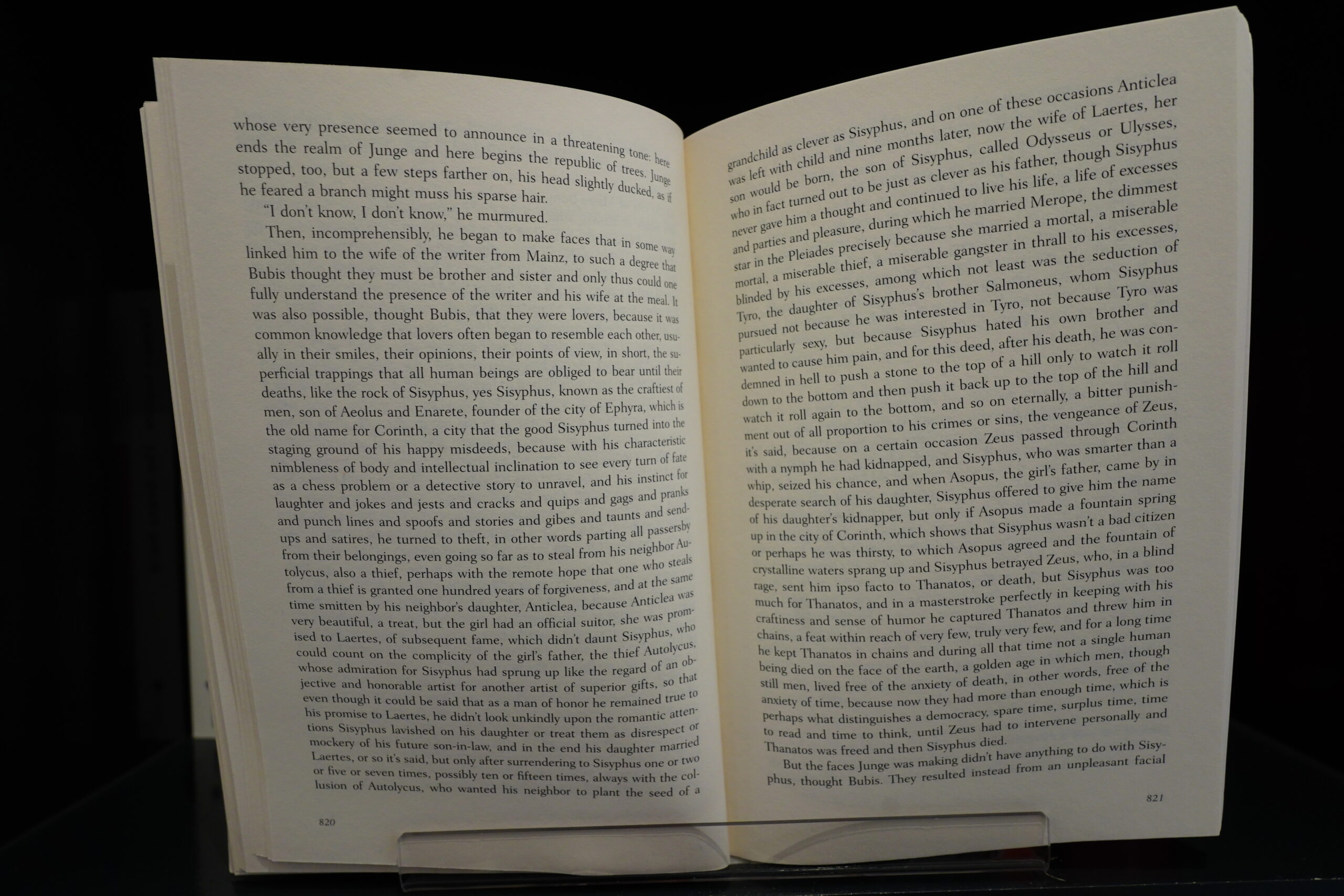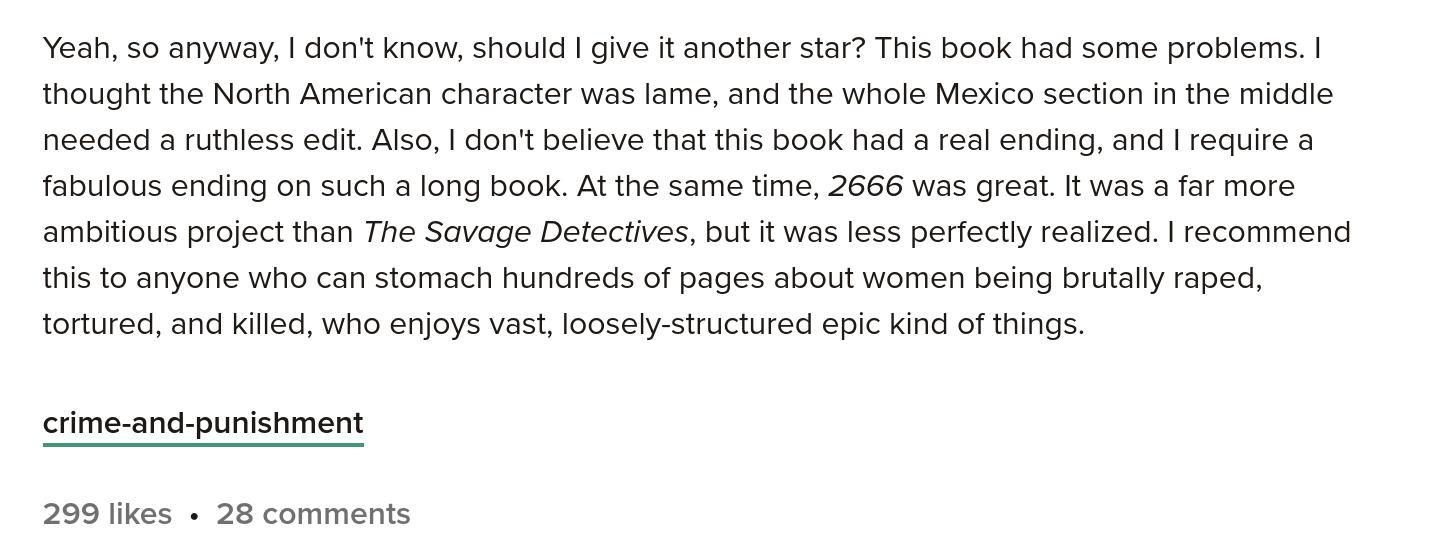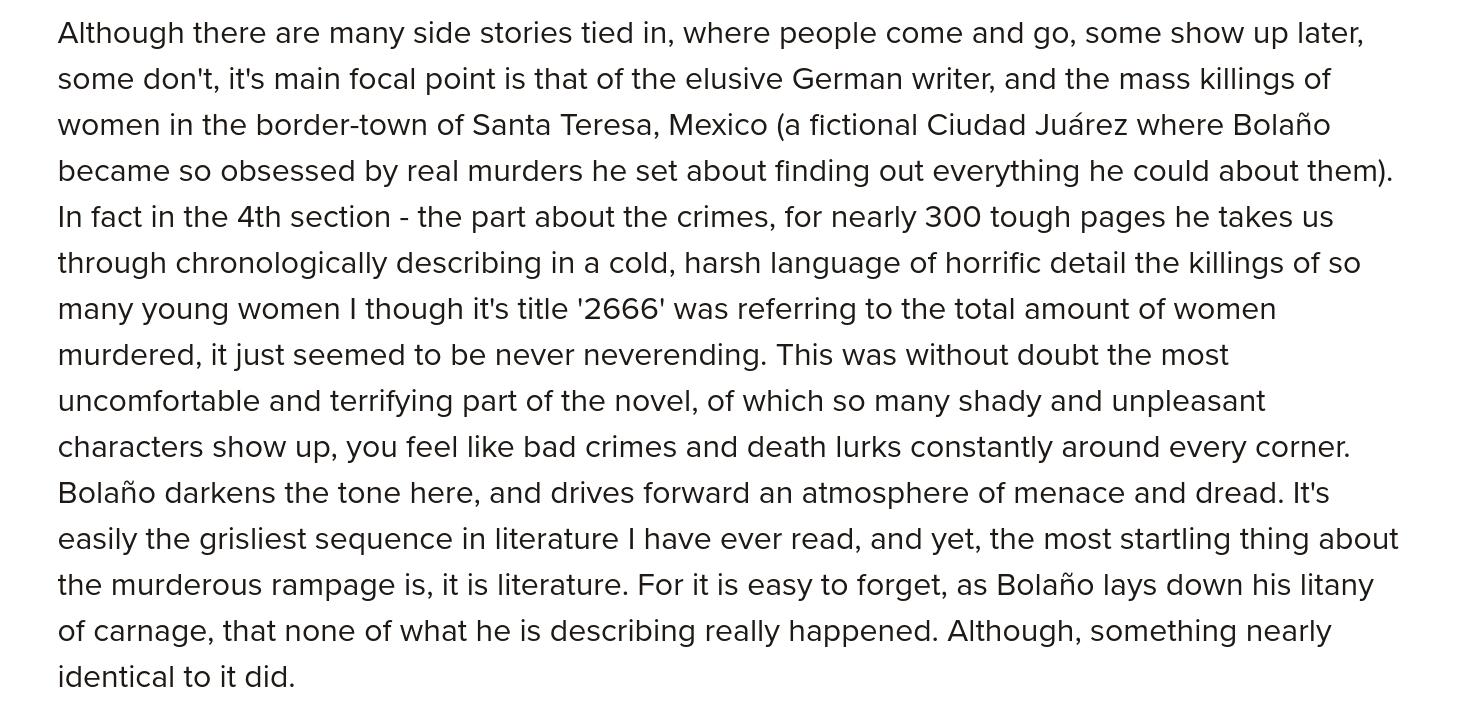I’ve noticed that there are certain books that put people’s hackles up, like Infinite Jest:
Because somehow reading a book that’s fun to read is… signalling something, I take it. Infinite Jest is taken as a “literature bro” thing, and I’ve seen several people on Twitter saying that those bros should read 2666 instead. I can’t find that, but lots of:
I just find it all kinda odd. I mean, sure, those are big books, but they’re not … difficult, I think? (I haven’t read Infinite Jest myself yet, but I’ve read his other books.)
Anyway, this is published in a very handsome three volume edition. It’s a bit odd that it’s three volumes, because it consists of five parts, so if you’re doing that, then why not do five volumes?
See? Even better!
But I mean, this one is nice, too.
If I were smart I’d just say “it’s pretty good!”, and then nothing else.
But I’m not, so here’s my deep thoughts on this after spending *counts on fingers* four days on the balcony, in 25-34C weather, reading this book:
The first three parts was a nostalgic reading experience. They’re very 80s post modern — you have these people looking for a missing author, and they encounter other mysteries that this author may or may not be involved with, and things start making a kind of paranoid sense. And of course, the protagonists encounter other people, or manuscripts, and we get these stories sometimes in recap format, and sometimes there’s stories within the stories. And we get many dreams of unclear significance. And, of course, we get names that have appeared in other Bolaño books (I sat up in my deck chair when we got a character called Ulises from Chile, for instance), and it’s all very amiable.
But while enjoying this all, I also found myself wondering why this book is such a phenomenon commercially, because all this, while very well written, sometimes funny, quite entertaining, wasn’t really any more interesting than Bolaño’s other books, of which I’ve read a handful. For instance, The Savage Detectives seemed to me to be better, really.
Then there’s the fourth section, which is very different. It’s about women being killed in the north of Mexico, obviously based on real events. Its structure is basically that Bolaño gives a short description of the woman in question (if her background is known), and we get how the coroner describes how she had been tortured, raped and mutilated before being killed. And then we get the next one. And then the next one. And then inbetween, we get the more or less bumbling police investigations, and the totally corrupt interventions, and then we get more murders. I think I understand why Bolaño does it this way — it’s centring the killed women, and doesn’t let us settle into a comfortable police procedural. But it’s such a harrowing reading experience — it feels like it’s written in a rage towards Mexico in general, and Mexican men in particular — but the ones to suffer are the readers.
So after a dozen of these sections, I just started skimming them. I’m guesstimating they make up two fifths of the text in the fourth part, so that’s what I skipped in that part.
Writing this now, I’m reminded of a journalist that cornered Michael Haneke and asked him how he could subject the audience to something as gruesome as Funny Games, and Haneke said that if he were in the audience for Funny Games, he would have left the cinema. I guess I kinda did that, then.
I don’t read “modern” mystery novels, because they always slather on the torture scenes with a trough, and when asked why, their explanation is always something along the lines of “I’m just reflecting society”, which is bullshit. What they’re doing is thinking about sales, because that shit sells. I don’t think for a second that that’s what Bolaño is doing in the fourth part of this book, but I’m suspiciously wondering whether it’s this section that’s selling the book to a wider audience.
(And also — the section is a very angry section, but it’s angry about Mexico being a misogynistic, violent and totally corrupt country. And… yes? We know? Perhaps it lands differently for a Mexican audience, but I’m pretty sure they already know, too.)
The fifth and final section is more traditional: We get the entire life story of the aforementioned author, and… it’s kinda Mary Sue-ish? That is, it sometimes reads more like a wish fulfilment story: The author is tall, strong, brave, handsome, and while he has Hard Experiences (WWII), he meets up with a publisher that can’t do enough good things for him, and ladles money over him, and loves his books, and then he’s a successful author, who meets up with a Magic Pixie Dream Girl, who’s wild and slightly mad, and who’s totally into having sex all the time, and who dies on schedule so that the author can have sex with a baronness.
OK, that’s way too cynical, but I don’t think it’s inaccurate. On the other hand, we get stuff like:
At the drop of a hat, Bolaño will drop in two pages about Sisyphos, because somebody made an expression that was reminiscent of Sisyphos. And then Bolaño ends it with “But the face Junge was making didn’t have anything to do with Sisyphos”, which I think can be read as a pretty mischievous way of poking fun of himself, and the way authors like him have a tendency to drop in a page of two from an encyclopedia here and there in books like this. It’s a postmodern novel staple, after all.
So to sum up: It’s pretty good!
But now I’m wondering what other people thought about it, because I’ve scrupulously avoided reading anything about the book…
The book has 4.21 on Goodreads (which is an astoundingly good score), but the highest-rated review is a two star one. I think this means that most people who read it really liked it, but the ones that didn’t are looking for revenge and upvoting negative reviews.
Here’s a positive one:
And another:
Wat.
Anyway. I can’t really find my suspicions being confirmed much, so I was probably wrong.
2666 (2004) by Roberto Bolaño (buy used, 4.21 on Goodreads)
